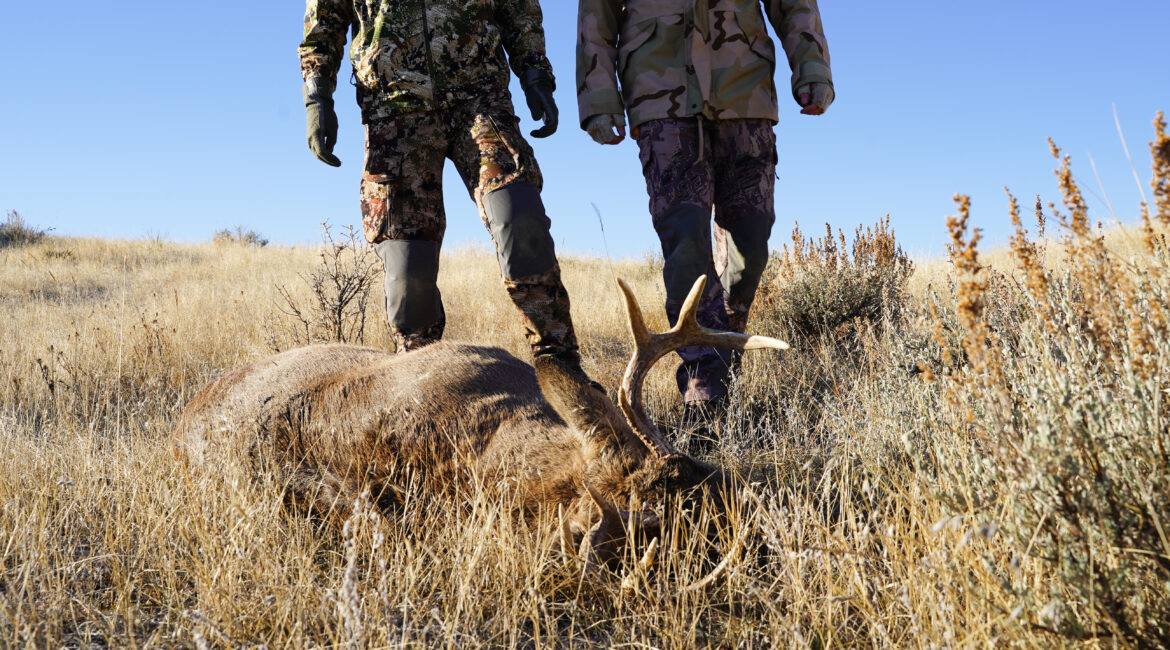
Traditional weapons used for whitetail deer hunting
As a whitetail hunter, you already know there’s a big difference between the tools and the traditions that go with them. Below is a clear, practical rundown of the traditional weapons (and a couple of historically rooted options) people have used to pursue whitetails — what they are, why hunters use them, and a few pros/cons.
1. Longbow (and traditional wooden bows)
- What: Simple, usually self or laminated wooden bows (English longbow style or similar recurve/flatbow forms without modern sights/cams).
- Why hunters like them: Quiet, simple, connects shooter to old-school archery skills and instinctive shooting.
- Pros: Light, durable, very traditional feel; excellent for close-range, woodland hunting.
- Cons: Short effective range (typically under ~30 yards for ethical shots), steep learning curve to be accurate and consistent.
2. Recurve bow (traditional style)
- What: A bow with curved tips that store more energy than a straight-limbed bow; traditional recurves are shot without modern release aids or elaborate sights.
- Why: A compromise between a longbow’s feel and improved performance — still “traditional” if used instinctively.
- Pros/Cons: Similar to longbow: good stealth and tradition; limited range compared with modern compounds.
3. Muzzleloader (black-powder rifles)
- What: Single-shot rifles loaded from the muzzle with black powder or modern black-powder substitutes; includes flintlock-style historically and modern in-line designs.
- Why: Many states have a separate “muzzleloader season,” and using one connects hunters to firearm history.
- Pros: Good terminal performance at typical deer ranges; many hunters enjoy the deliberate, slower pace.
- Cons: Slower follow-up shots, more fuss to load/maintain, and requires specific ammunition and practice.
4. Shotgun (with slugs)
- What: Shotguns firing a single slug instead of shot. Historically common where rifle calibers were restricted.
- Why: Useful where rifles are not allowed or in heavy cover where ranges are short.
- Pros: Very effective at short to moderate ranges (practical deer shots), versatile.
- Cons: Less effective at longer ranges than rifles; recoil and buckshot confusion if improperly loaded (use slugs for deer).
5. Bolt-action and lever-action rifles (centerfire)
- What: Classic hunting rifles in calibers like .243, .270, .308, .30-30, etc. These are less “ceremonial-traditional” but are long-established choices.
- Why: Reliable, accurate, with appropriate stopping power and longer effective ranges.
- Pros: Range, one-shot lethality when used ethically and accurately, lots of ammunition choices.
- Cons: Modern optics and ammo have changed the feel compared with older sporting traditions, but many hunters still prize classic bolt/lever rigs.
6. Crossbow (traditional-style brief note)
- What: Mechanically cocked bows that shoot bolts. Some consider them “modern” but they have a long history and are allowed as an archery alternative in many places.
- Why: Lower physical demand (easier to shoot accurately for many hunters), effective at typical archery distances.
- Pros: Good accuracy and power with less practice than instinctive bowhunting for some hunters.
- Cons: Regulations vary; many archery purists don’t classify it as “traditional.”
7. Primitive weapons / historical methods (atlatl, spears)
- What: Ancient tools rarely used today for deer hunting except in historical reenactment or extreme primitive skills hunting.
- Why mention them: They’re part of hunting history and sometimes used by enthusiasts who want maximum tradition.
- Pros/Cons: Fascinating historically, but impractical and often illegal for modern big-game hunting in many jurisdictions.
A few important notes
- Range & ethics: Whatever the weapon, ethical shots (range, placement, and confidence in a single-shot kill) are critical. Traditional weapons often demand closer ranges and stricter shot selection.
- Safety & laws: Laws about what’s legal for deer hunting (specific seasons, weapon types, calibers, and whether crossbows/muzzleloaders are allowed) vary by state and region. Always check local regulations and complete required hunter education.
- Practice: Traditional gear usually requires more dedicated practice to be effective in the field — that’s part of the challenge and reward.
